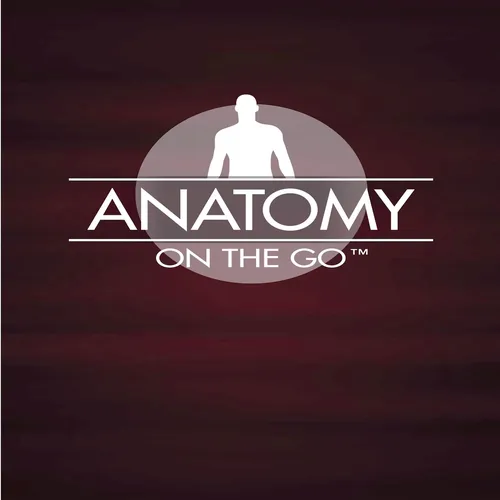
Anatomy On The Go
In this podcast, you can learn anatomy wherever you go, driving in the car, at the gym, or doing work around the house. The first episodes will introduce you to the human anatomy systems. Additional episodes will be dedicated to directly answering your anatomy questions and providing resources to help you learn more effectively, quickly, and with less stress.
- Update frequency
- every 27 days
- Average duration
- 14 minutes
- Episodes
- 41
- Years Active
- 2018 - 2025
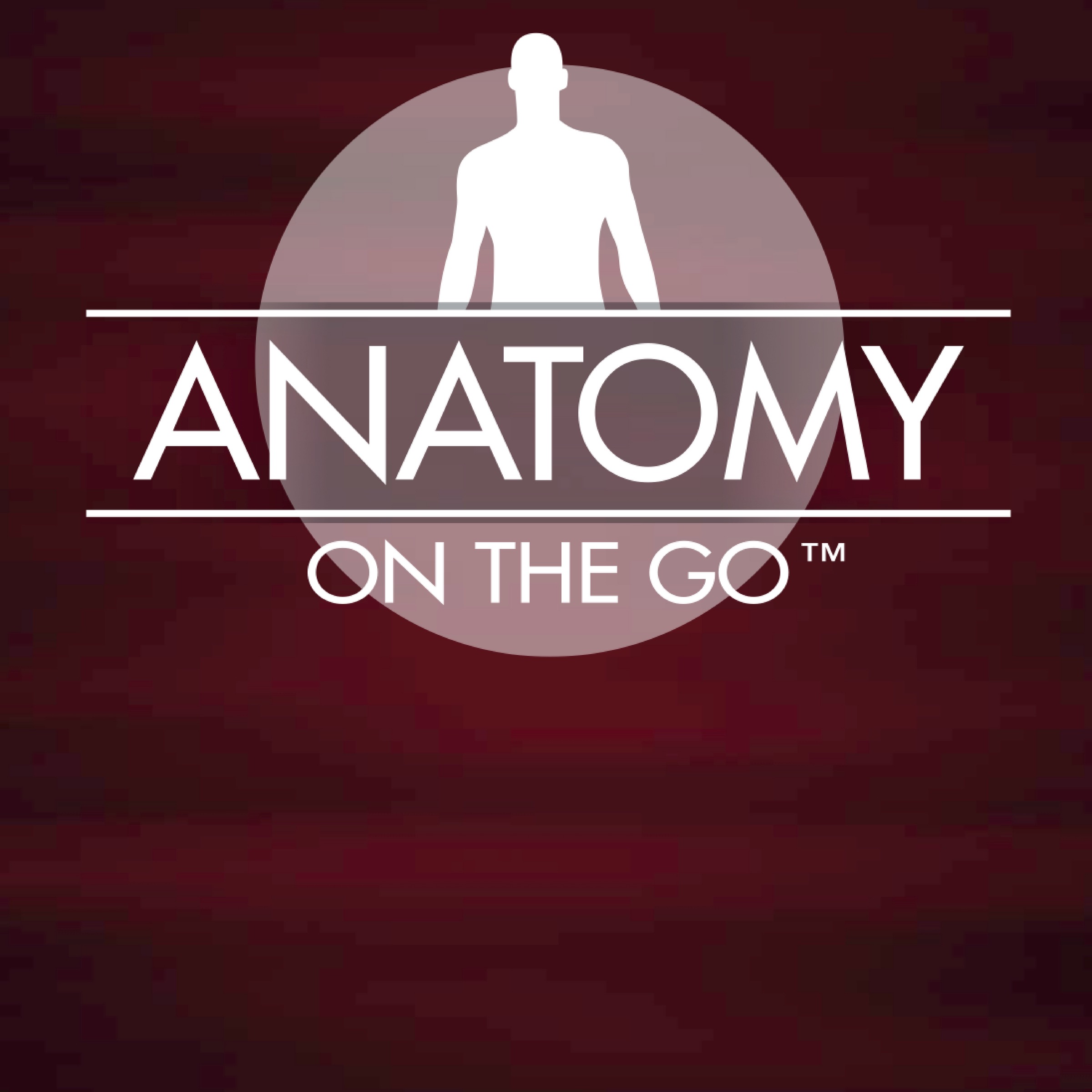
Episode 79: The Why and What For for the Upper Body Bone Structures
There are hundreds and hundreds of muscles right? So, since there are hundreds of muscles and each muscle has two attachments, origin and insertion, that’s a lot to keep track of. Let’s break it down…
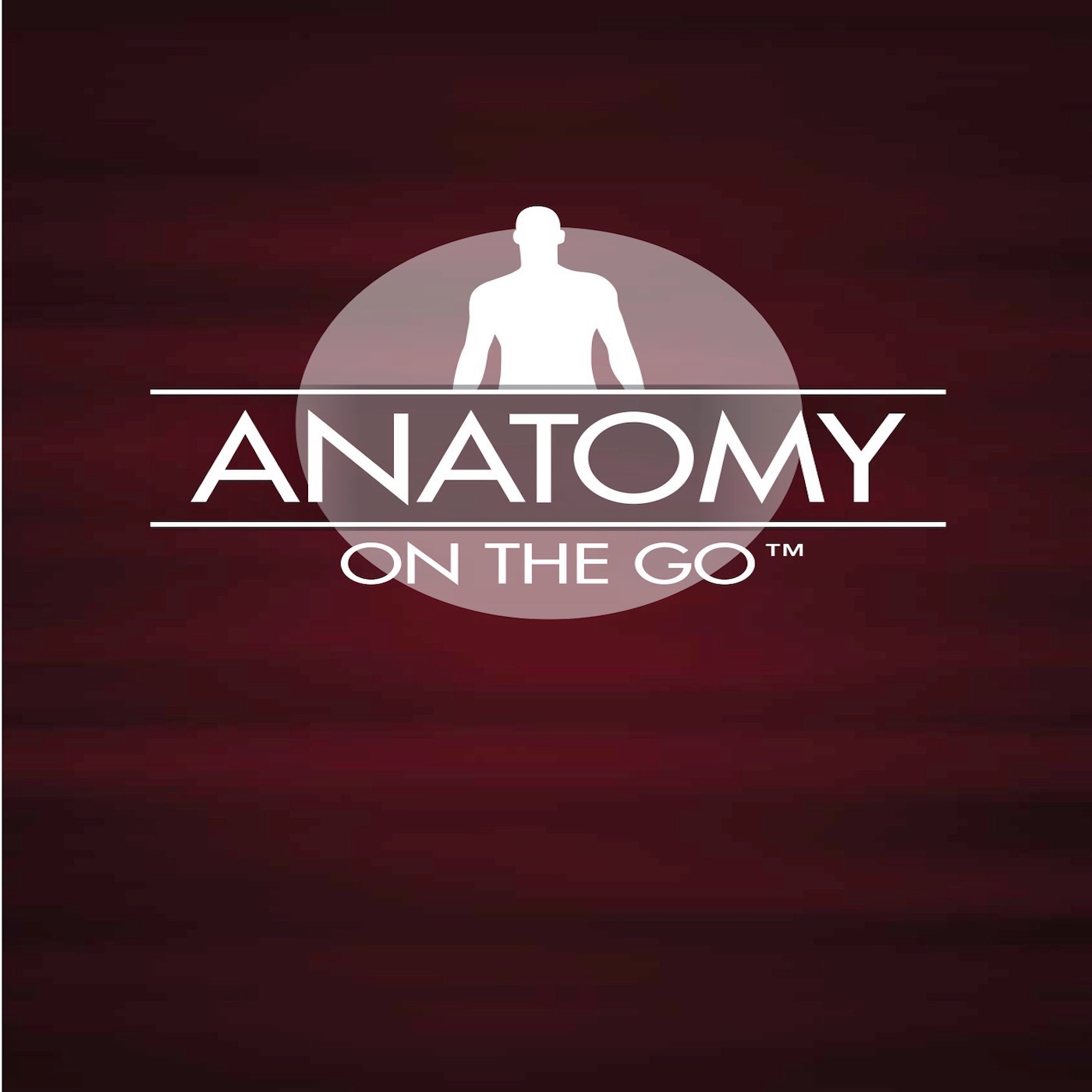
Episode 78. Master the Muscles 2.0 - Part 1
In this episode, we will chat about how muscles move and what they attach to, and we’ll take a deeper look into the deltoid muscle. We’ll talk about synergists and antagonists and get started with so…

Episode 77: Anatomy Systems 2.0
Do you need a nice overview about the human anatomy systems, how they work, what parts are in each system? What’s more, do you want some tips and tactics for learning these systems? Or maybe even tea…
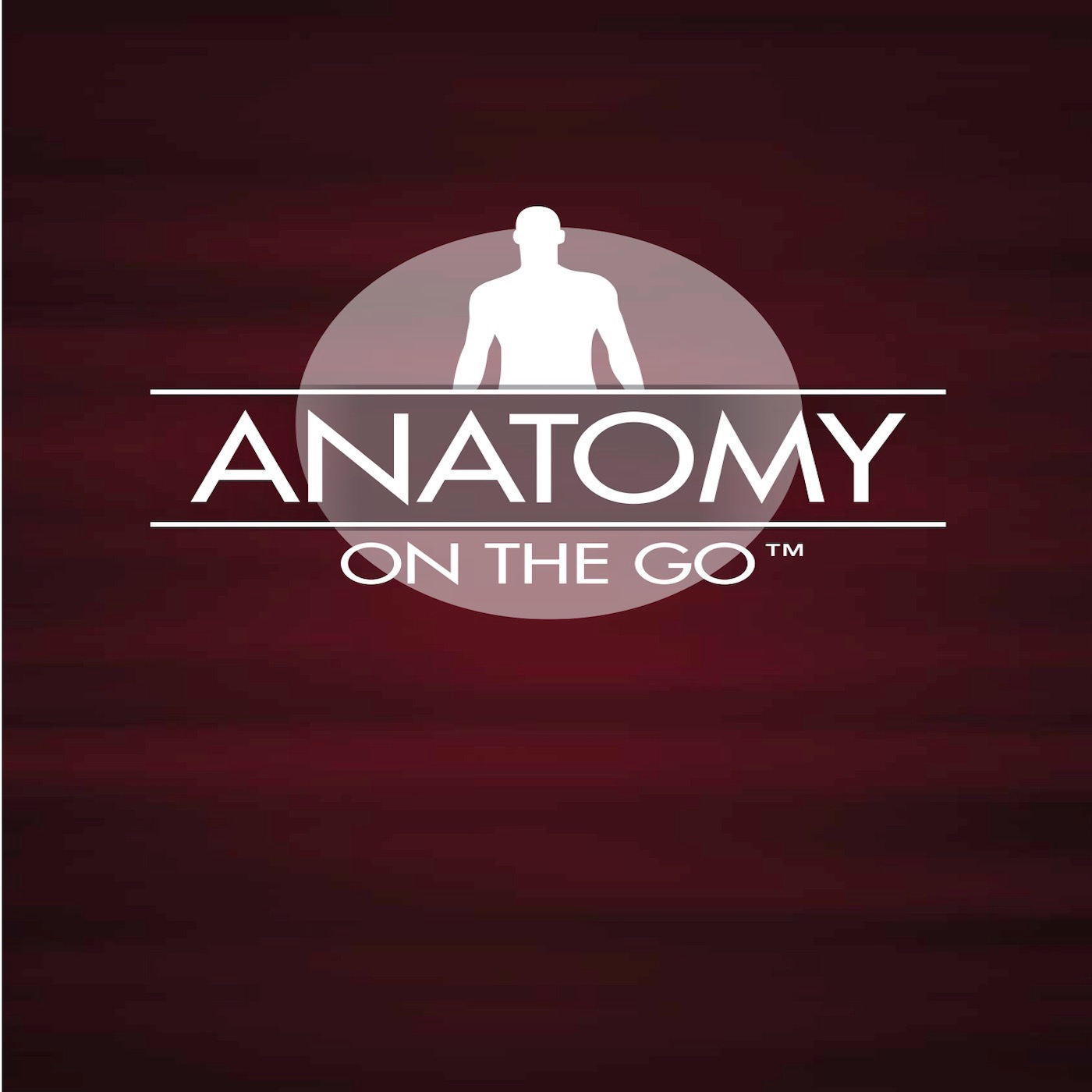
Episode 76: Starting Strong with Learning Anatomy
What if you’re starting from scratch or starting again!?! That is, you’re just starting to learn anatomy and maybe you’re rethinking your strategy, looking for ways to make some tweaks. This is the e…

Episode 75: Cranial Nerve V
Today, we are going to zero in on one of the cranial nerves. It’s one of the more complex, multifaceted ones. Join me as we tackle the trigeminal nerve, cranial nerve V.
To learn more about Amino Co a…

Episode 74: Pathways of Brachial Plexus Nerves
Maybe you’ve learned all the nerves of the brachial plexus, the cord levels, the innervations, etc. But do you know where they’re going? And where you might find them in the upper limb? Let’s dive de…

Episode 73: Phases of Walking
When you walk down the street, the sidewalk, the hallway, etc., your body moves in systematic ways to enable you to walk smoothly down the way. Today, we’ll talk about these phases and the muscles th…

Episode 72: Special Regions in the Lower Limb
There are some special areas in the upper and lower limb that can really help you quickly identify the structures that are there. You just need to find a few key structures and the rest falls into pl…

Episode 71: Special Regions in the Upper Limb
There are some special regions in the upper and lower limb that can really help you quickly identify the structures that are there. You just need to find a few key structures and the rest falls into …

Episode 70: The Blood Vessels of the Arm (Rebroadcast)
Today, you might use your arms for hundreds of different things, including your standard everyday activities and exercise-based movements. Every second, your heart sends blood into blood vessels that…

Episode 69: The Extraocular Muscles
How are you able to trace an object with your eyes? This happens so fast, and these muscles are ridiculously responsive and accurate. What muscles do you use? And What are they called? Let’s check 'e…

Episode 68: Muscle Performance
These hundreds and hundreds of skeletal muscles. How are they able to do what they do? On a second’s notice, our muscles have the capacity to enable us to run and jump and then sustain that performan…
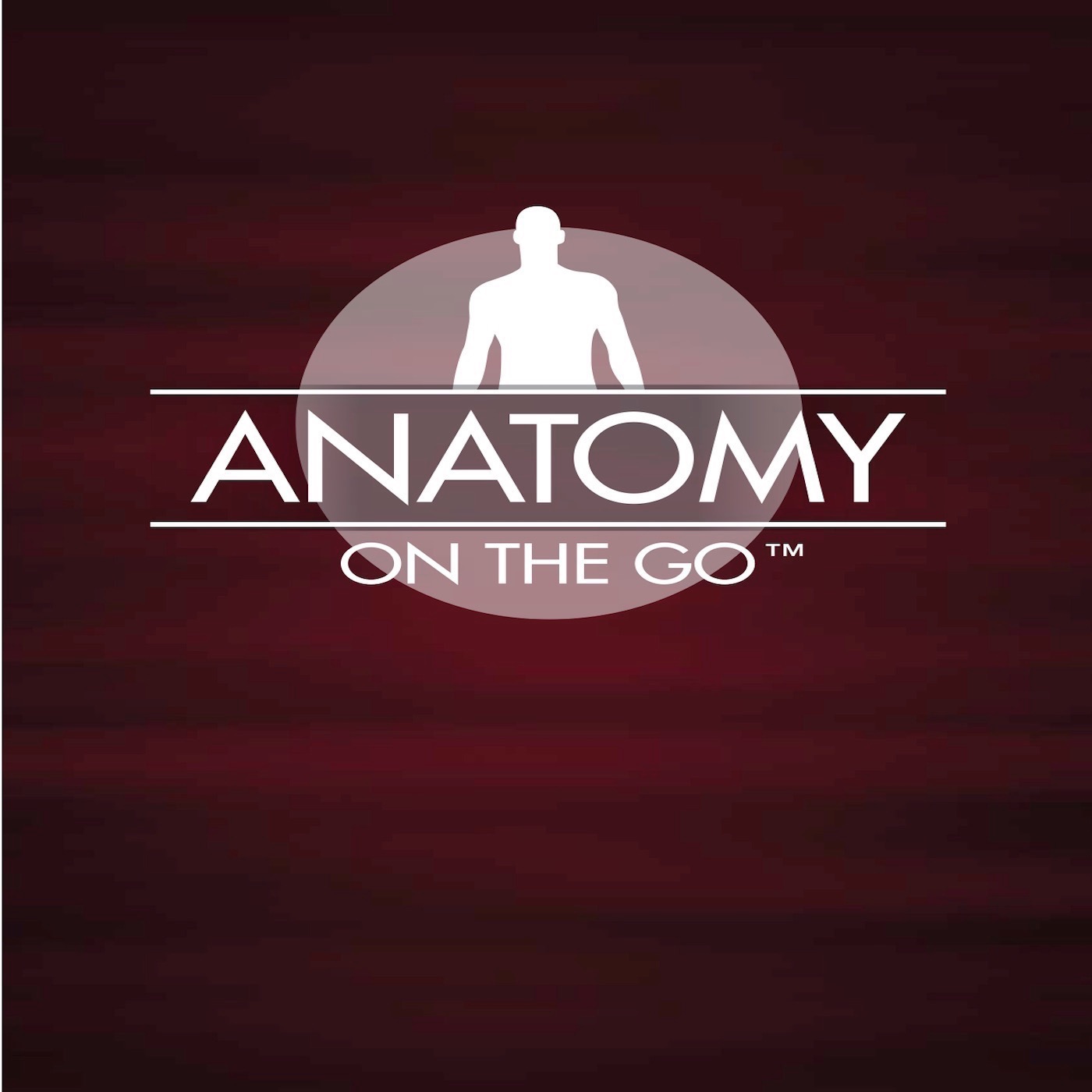
Episode 67: Muscles That Pull
In a recent episode, we talked about all those muscles you use to push. Today, we’ll talk about muscles that you use to pull. There are some primary ones, some leading roles, if you will, and some su…
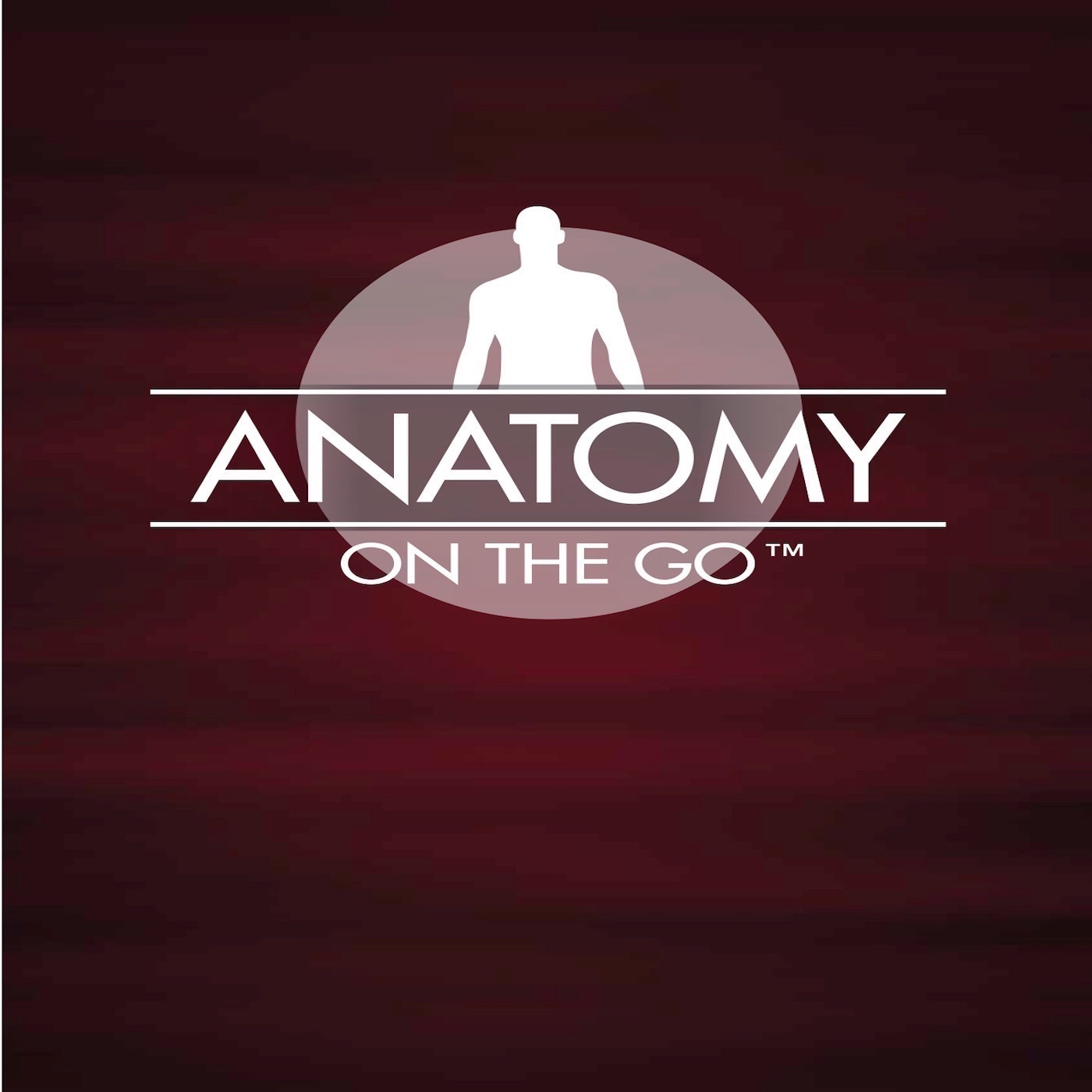
Episode 66: Learning Anatomy and the Voices in Your Head
I wonder if you can relate to any of these:
- I am never going to learn this.
- This is so much information.
- I am so overwhelmed.
- I don’t even know where to start.
If you can, listen in.
Support this podcast a…
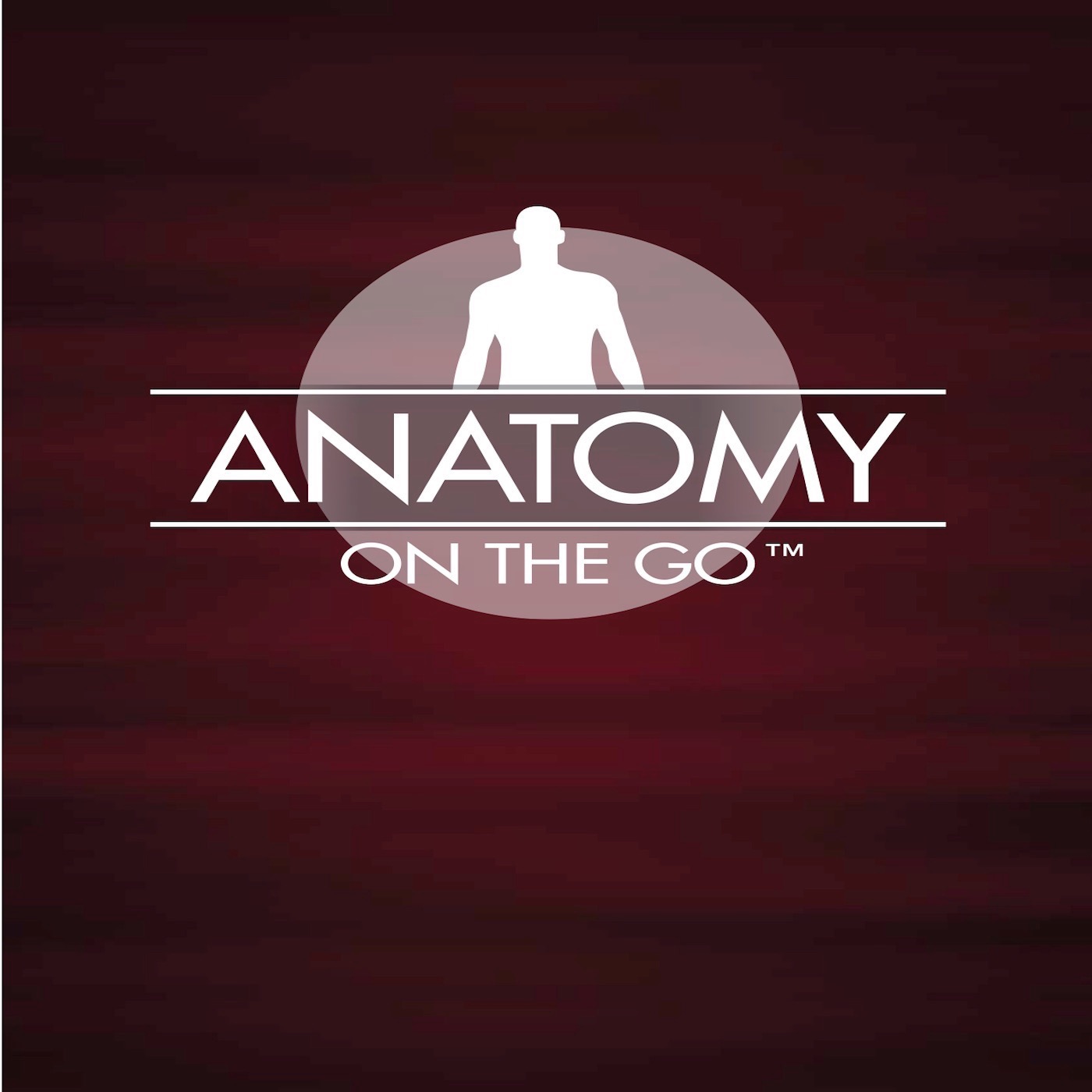
Episode 65: Muscles That Push
On a daily basis, you are likely using your pushing muscles in various ways. Maybe you push boxes on a shelf or push something you bought at the store into the back of a van. Perhaps you push a kid o…
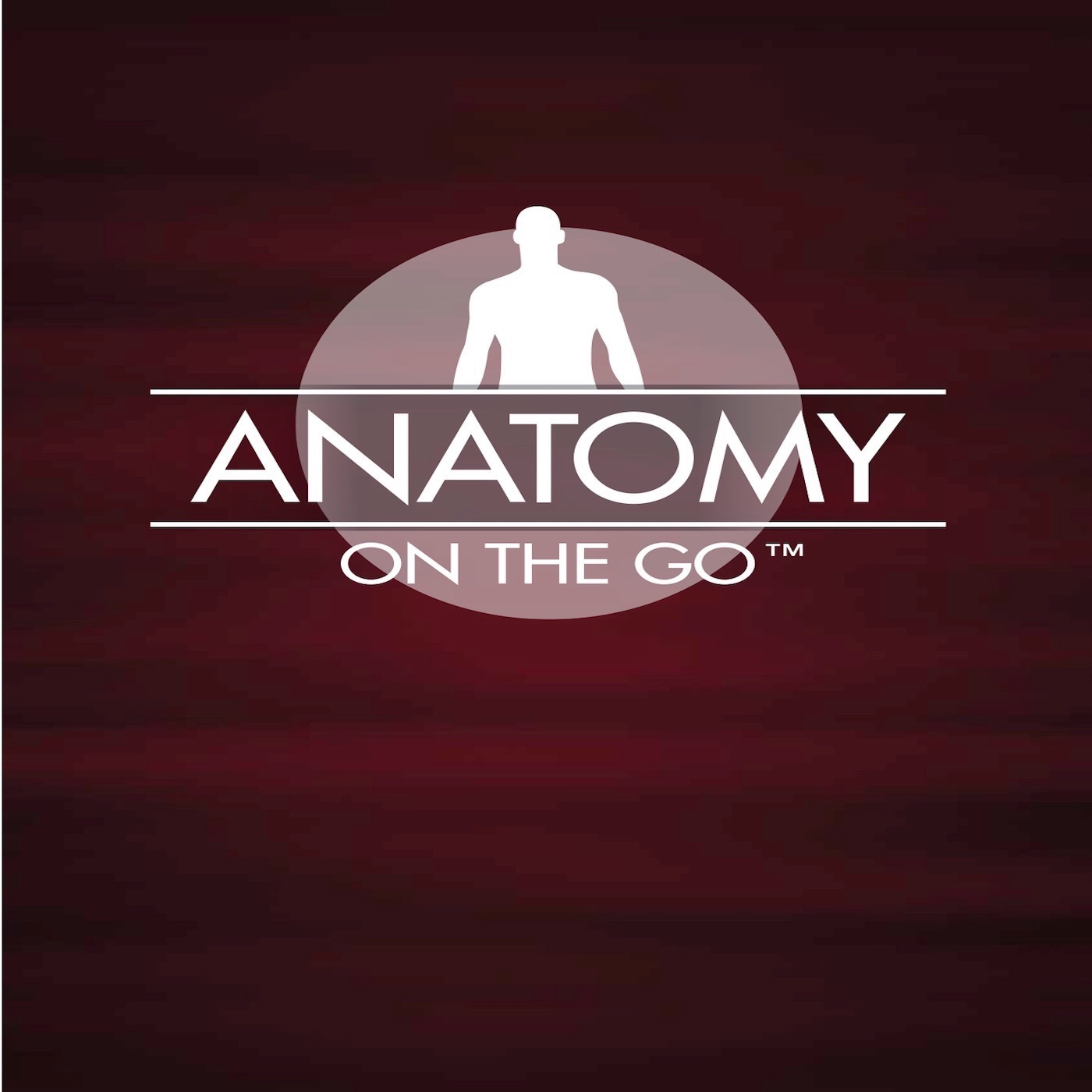
Episode 64: The Muscles of the Arm
The biceps and triceps...you can find them on the front and back of the arm. By learning them, you learn how to master the muscles one compartment at a time and you learn how muscle names tell you ac…
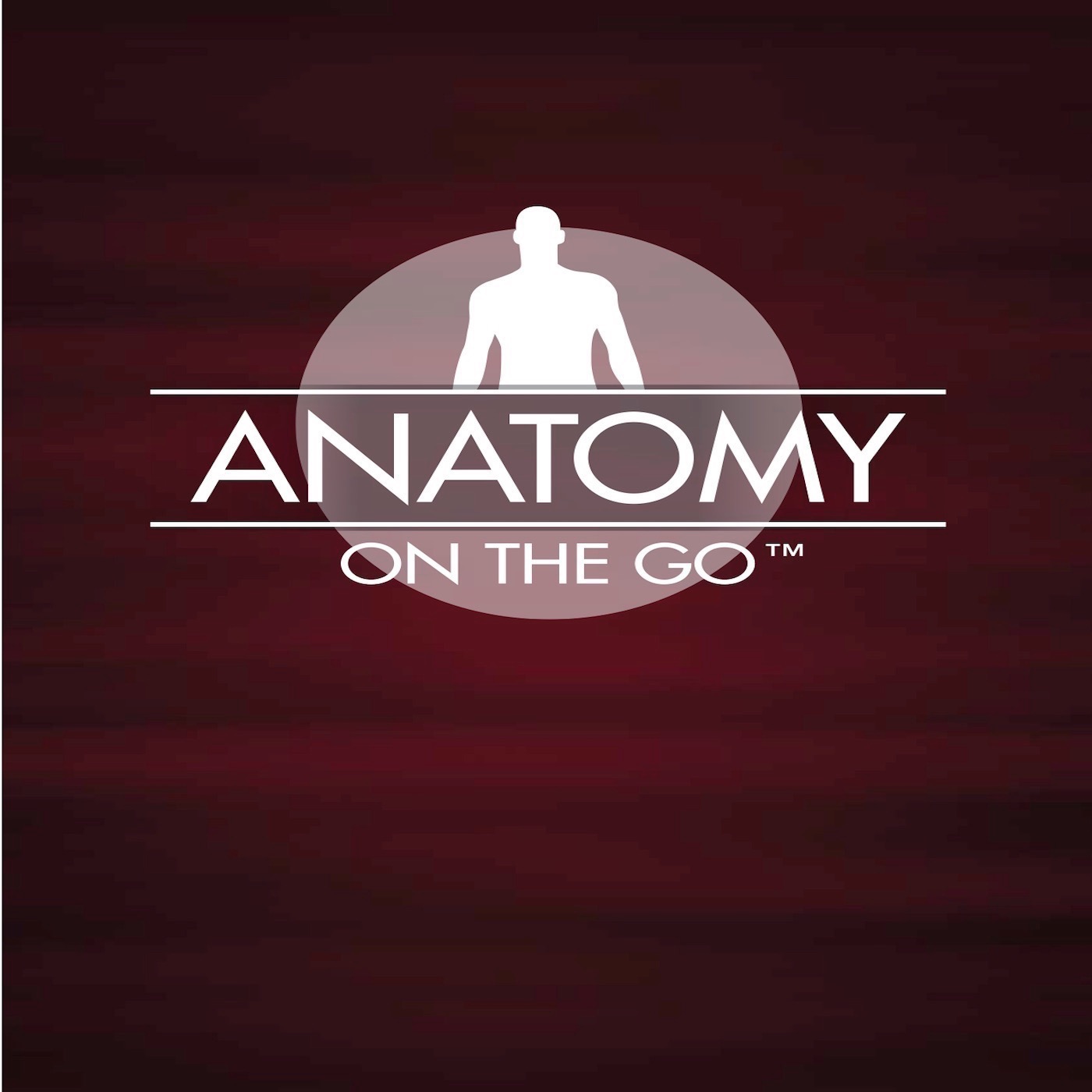
Episode 63: Sarcomeres, Cross-Bridges, and Tiny Ratchets
Deep inside the muscles, invisible to the naked eye, we have a structure called the sarcomere, which contains these tiny proteins called myosin and actin. They interact with each other and the way th…
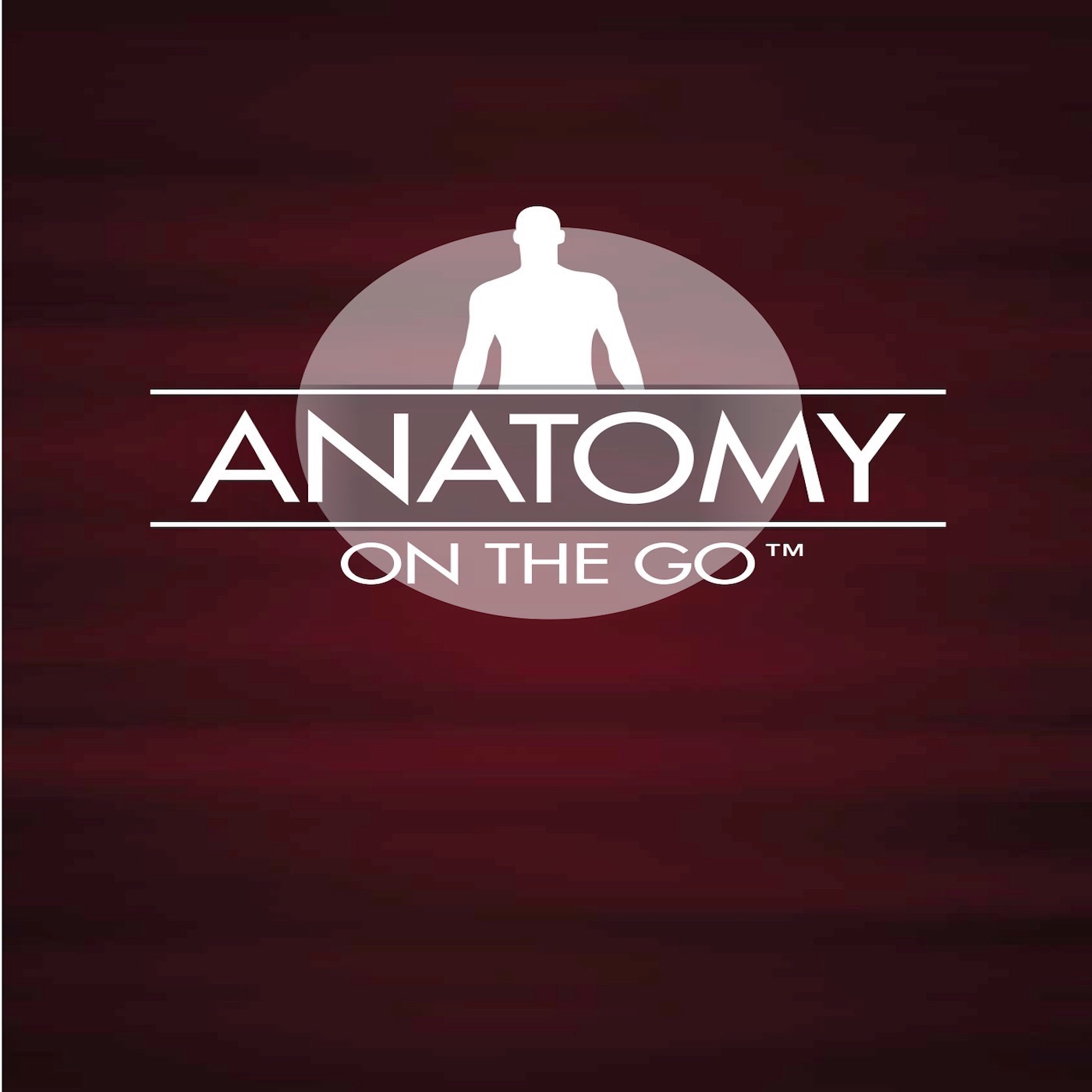
Episode 62: Climbing the Stairs
Climbing the stairs involves a bunch of different muscles, including hip, thigh, and leg, not to mention core stabilizers. Plus, when they contract they need to be activated by the nervous system, an…
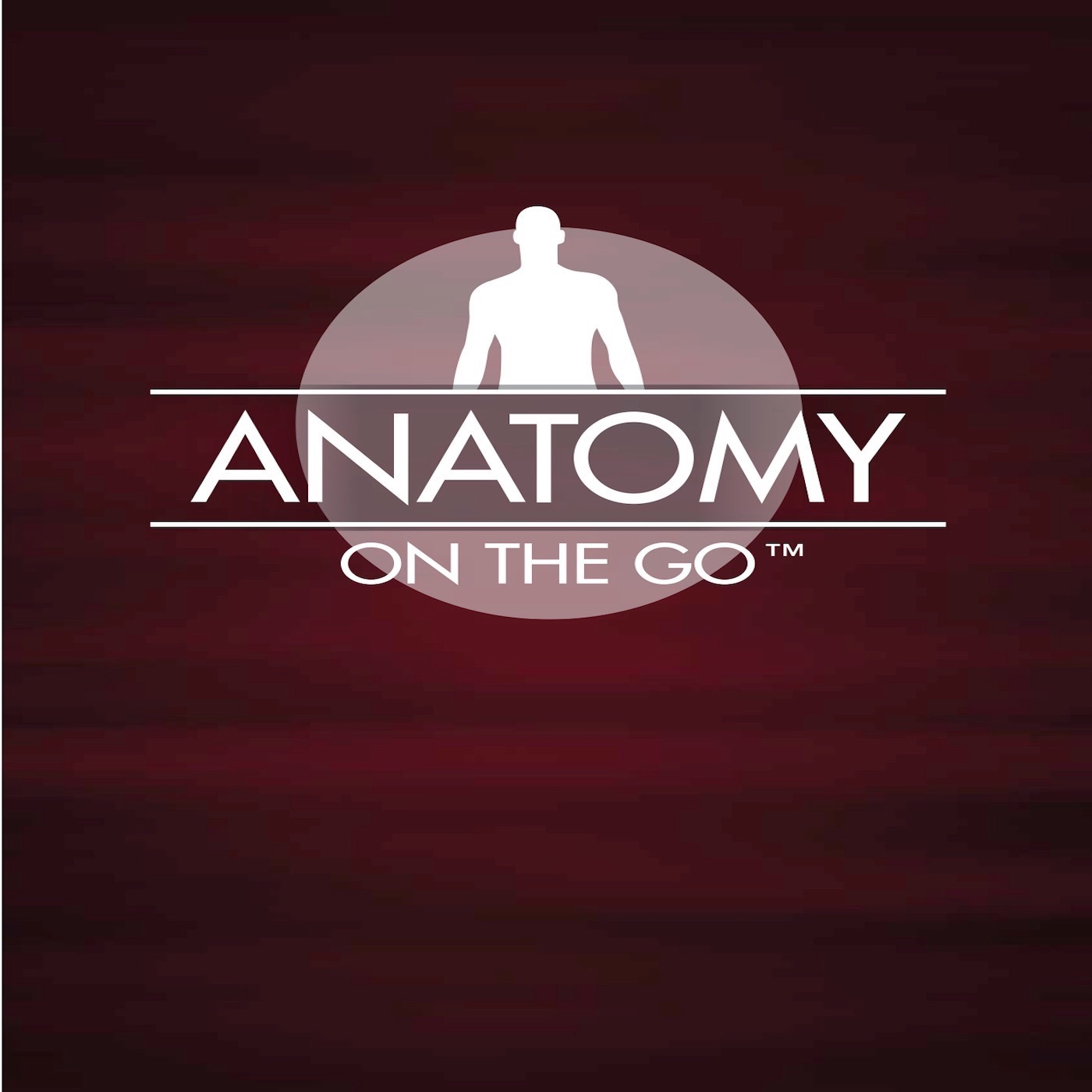
Episode 61: The Muscles for Swallowing, Speaking, and Such
Let’s say you’re going to the pub later with a friend, having some fish and chips and a cold beverage to wash it down. And let’s say you know your friend well enough to watch their throat as they swa…
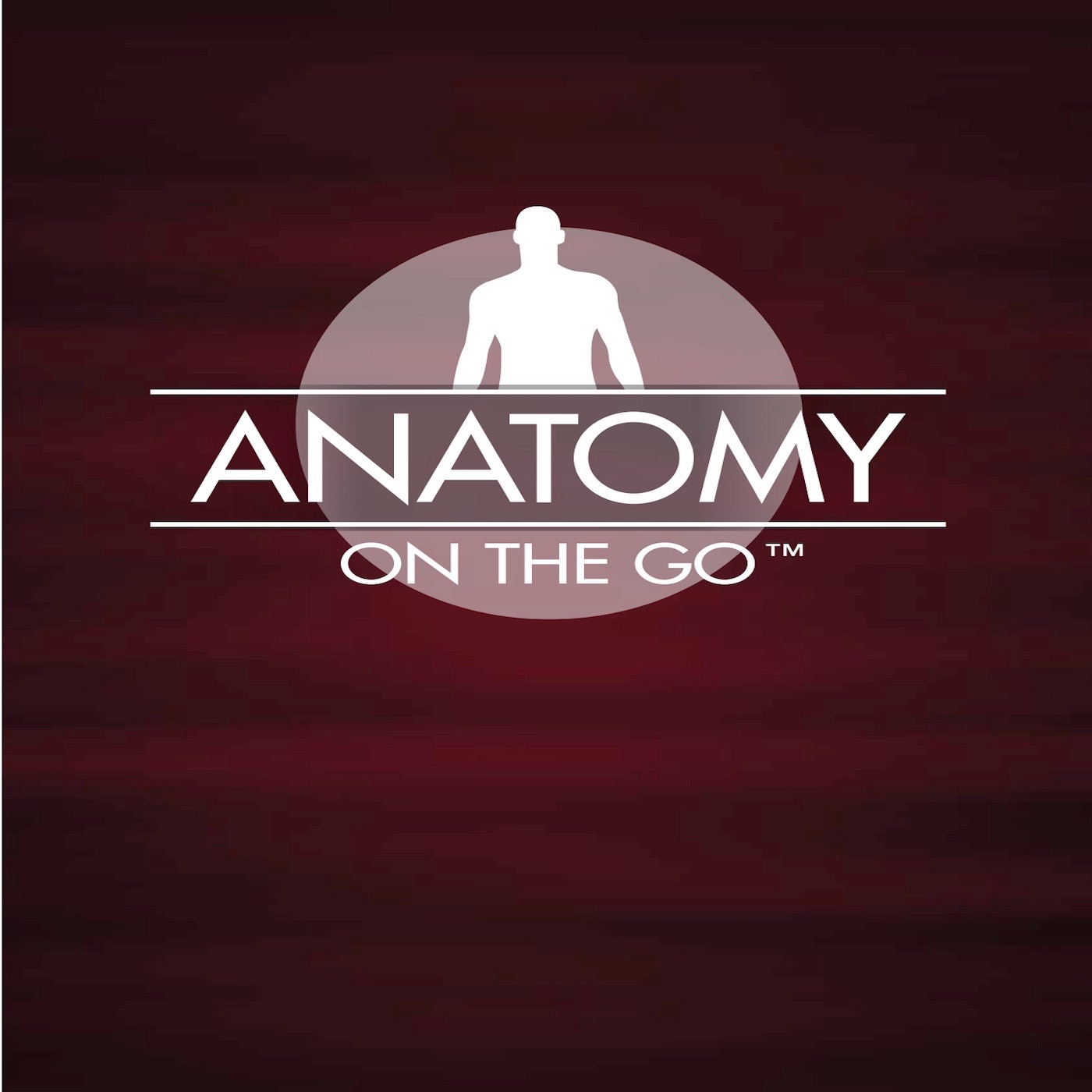
Episode 60: Expressing Yourself: What Muscles Are You Using?
In any given day, we are expressing ourselves, revealing our inner state and feelings, giving information, saying yes or no, both verbally and nonverbally, by moving out facial muscles. What muscles …